Routine roof inspections can prevent costly repairs, protect your home’s structure, and even extend the lifespan of your roofing system. But what does a proper inspection actually include?
This guide walks you through a complete roof inspection checklist, what professionals evaluate, and how you can prepare.
Why Regular Roof Inspections Matter
Roof damage often develops out of sight and worsens over time. Catching issues early:
- Prevents leaks and interior damage
- Maintains warranty eligibility
- Helps you plan ahead for repairs or replacement
- Supports home value and resale readiness
Most experts recommend:
- Annual inspections (spring or fall)
- After major storms or hail events
- Before buying or selling a home
What’s Included in a Professional Roof Inspection
A trained roofing contractor will inspect both the exterior and interior of your roofing system.
What’s Included in a Professional Roof Inspection
- Shingles or roofing membrane: Look for cracks, curling, blistering, or missing pieces
- Flashing: Check around chimneys, vents, and skylights for deterioration or gaps
- Gutters and downspouts: Assess for clogs, sagging, and proper drainage
- Fascia and soffits: Check for rot, pest damage, or moisture staining
- Roof penetrations: Evaluate seals around pipes and other structures
- Moss or algae: Signs of moisture retention or roof age
Curious about the cost implications of damage? Read How Much Does a New Roof Cost in 2025?
Interior Inspection Checklist
- Attic ventilation: Ensure air circulation is functioning properly
- Insulation: Confirm insulation is dry, intact, and effective
- Signs of leaks: Look for water stains, mold, or mildew on ceilings or attic walls
- Roof decking: Evaluate the sheathing beneath the shingles for softness or sagging
- Structural integrity: Inspect for signs of settling, bowing, or misalignment
Signs You May Need an Inspection Sooner Than Later
- Water stains on ceilings or walls
- Missing or curled shingles
- Excessive granules in gutters
- Roof age over 15 years
- After hail, high winds, or tree impact
Already seeing these signs? You may be approaching a larger repair or full replacement. See Signs You Need a Roof Replacement, Not Just Repairs
How to Prepare for a Roof Inspection
- Clear access to your attic or crawl space
- Remove items from around entry points
- Trim branches or debris that obstruct the roof line
- Be ready with any questions or past repair documents
Your roofer will typically provide a report or summary with photos, notes, and recommended next steps.
What Happens After the Inspection?
Based on the inspection, your roofing professional may recommend:
- No action needed (roof is in good condition)
- Minor repairs (flashing reseal, shingle replacement)
- Structural fixes (decking, ventilation)
- Full replacement (if damage is widespread or the roof is aging)
Want to understand the process from start to finish? Read What to Expect During a Roof Replacement.
Why Liberty Roof Co. for Roof Inspections
Our inspection services are thorough, transparent, and trusted by homeowners, property managers, and condo associations across New England.
We offer:
- Free or low-cost inspection options
- Full documentation and photos
- Expert advice with no pressure to upsell
- Clear, detailed recommendations for repair or replacement
Explore our residential and commercial offerings:
Residential Roofing Services
Commercial Roofing Solutions
Book a Roof Inspection Today
Stay ahead of roofing issues and protect your home with a professional evaluation. It’s fast, affordable, and gives you peace of mind.
